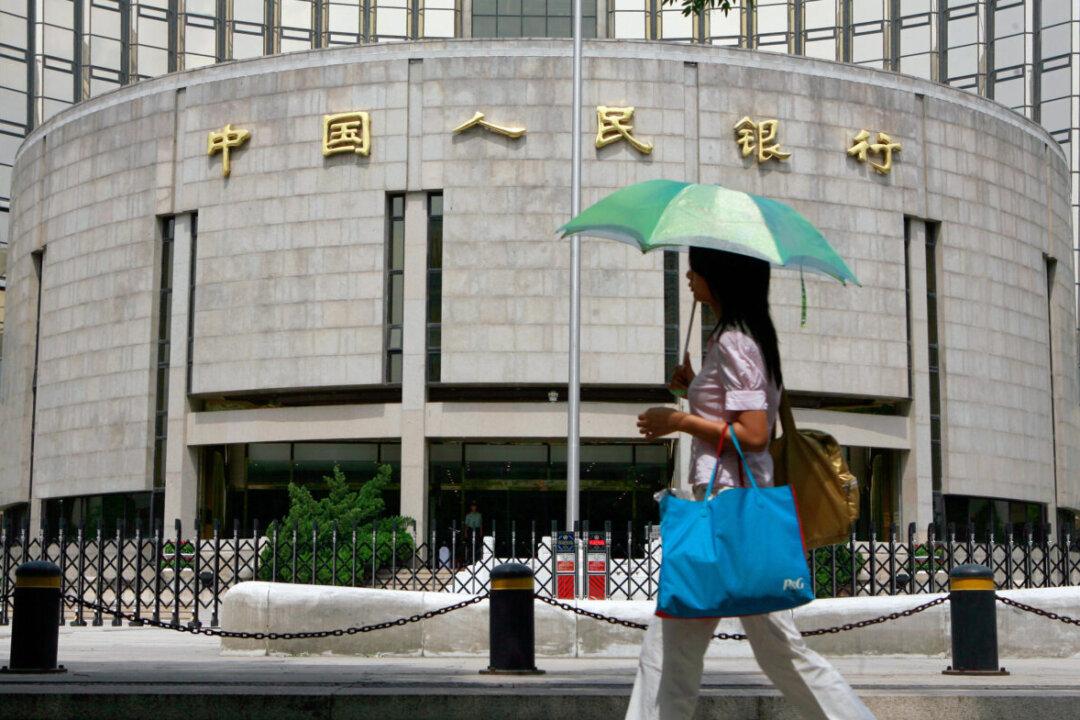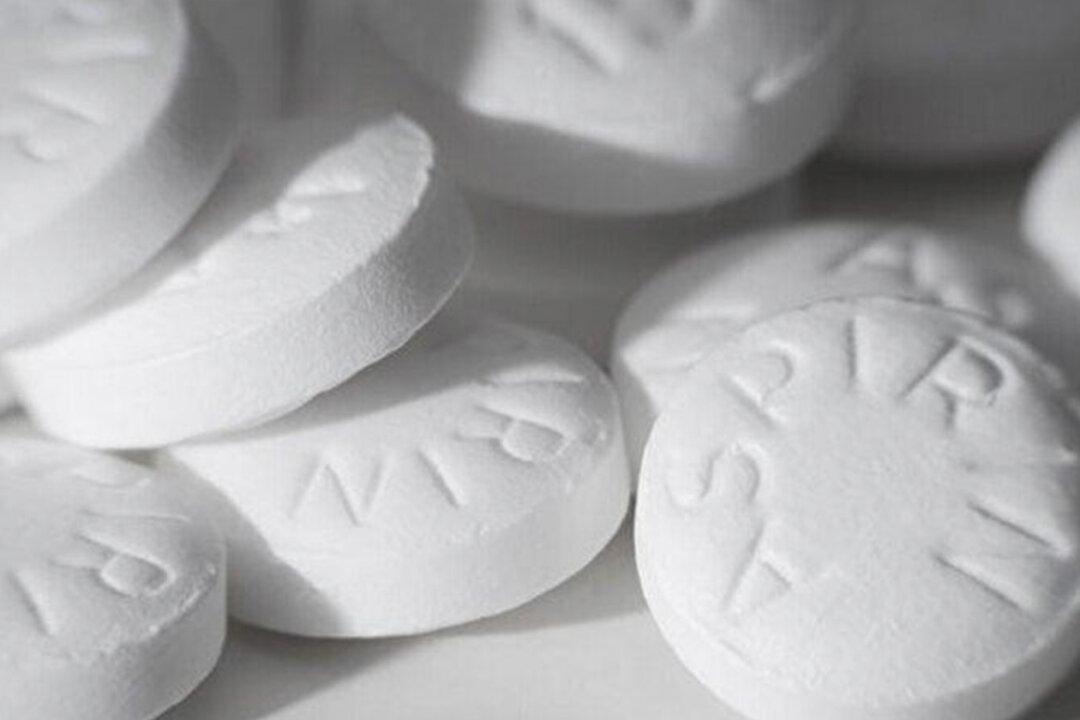News Analysis
China has reportedly added trillions of yuan to the money supply in 2022, the most in its history and equivalent to the combined amount from the United States, Japan, and the European Union. However, the move may have no way to boost the Chinese economy, given a sluggish trend in GDP and a steep dive in the money circulation rate, expert suggests.





